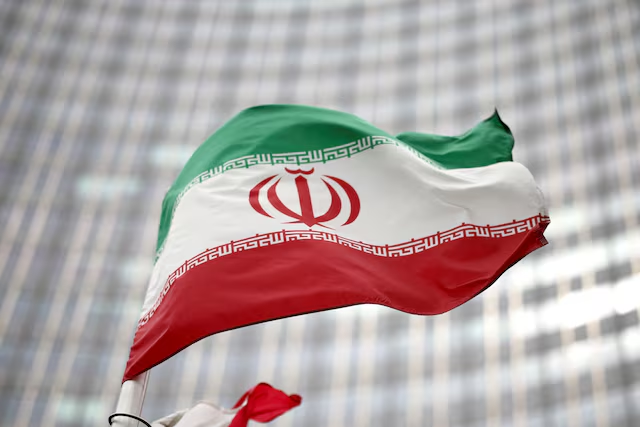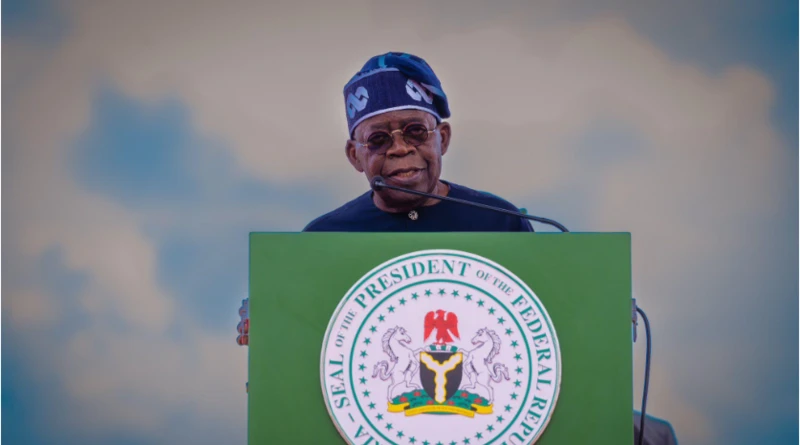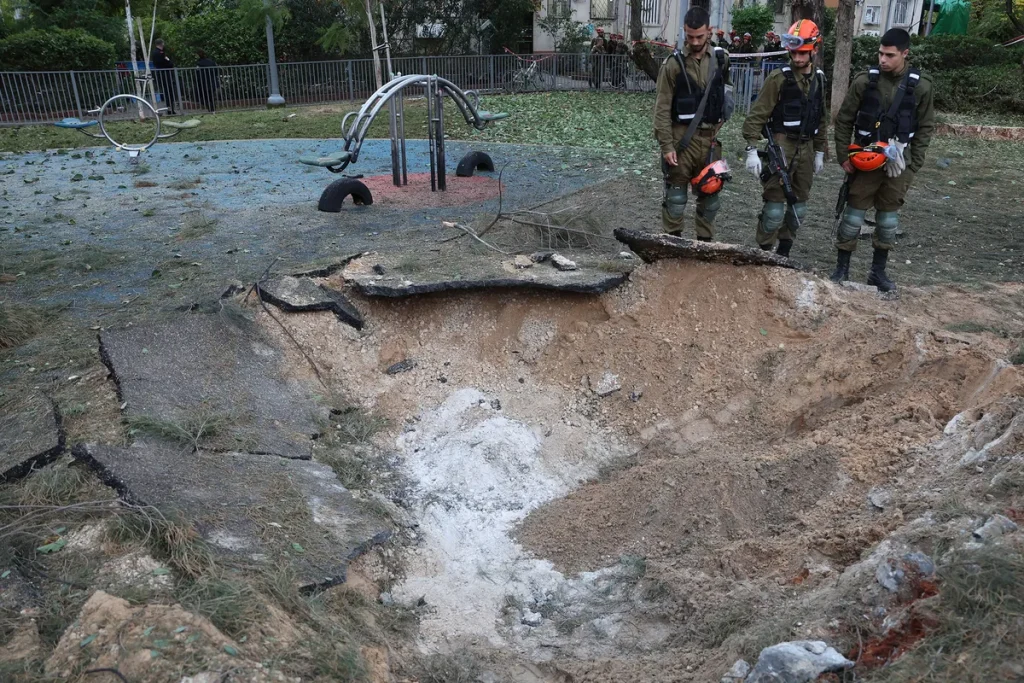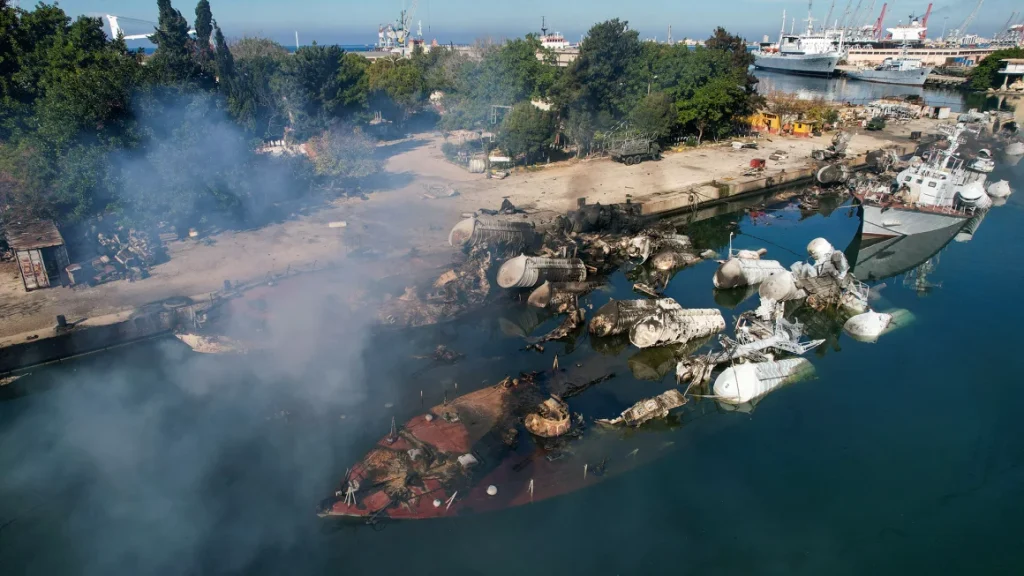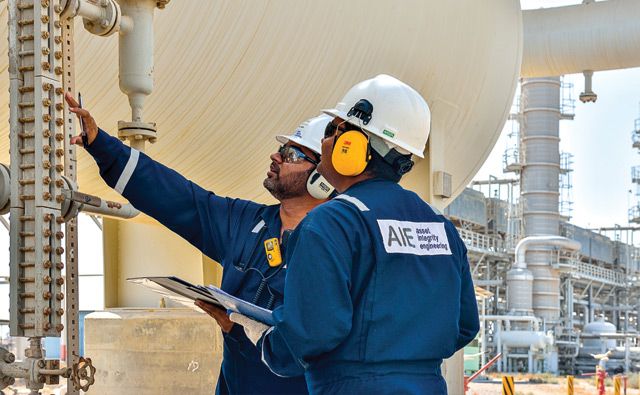Iran steps up air defense drills near key nuclear site amid Israeli, US threats
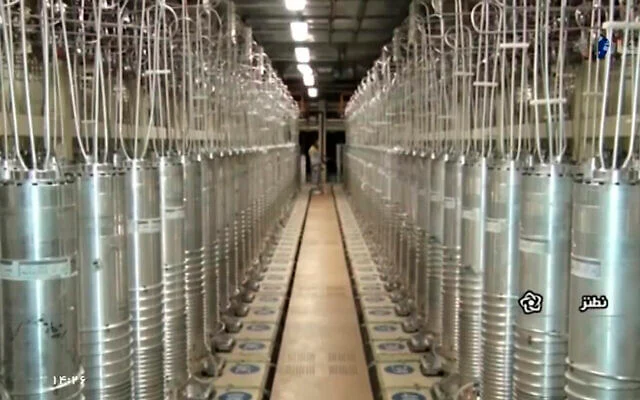
Iran has significantly intensified its air defense drills near one of its most critical nuclear facilities, signaling growing concerns over potential threats from both Israel and the United States. These military exercises, which have garnered international attention, come amid heightened tensions in the Middle East, particularly in light of the ongoing regional conflict and Iran’s controversial nuclear program.
The air defense drills, conducted by the Iranian military, are being seen as a direct response to increasing fears of an Israeli or U.S. military strike on its nuclear sites. Iran’s nuclear program has been a point of contention for years, with Israel and the U.S. both expressing strong opposition to Tehran’s pursuit of nuclear capabilities. The drills near the Natanz nuclear facility, one of Iran’s key nuclear sites, suggest that Iran is preparing for the possibility of an airstrike or other military action aimed at its nuclear infrastructure.
The Natanz facility, located in central Iran, is considered one of the most significant in Iran’s nuclear development program. It has been at the center of international scrutiny, particularly with concerns that Iran could be using the facility to enrich uranium to weapons-grade levels. Despite Iran’s insistence that its nuclear program is for peaceful purposes, both Israel and the United States have expressed deep concerns that Iran’s activities could ultimately lead to the development of nuclear weapons, potentially destabilizing the region and posing a threat to global security.
Iran’s increased military readiness comes at a time when relations between the Islamic Republic and the West are particularly strained. Tensions between Iran and Israel have been rising for years, with Israel accusing Iran of seeking to expand its influence in the region and of supporting militant groups hostile to Israel. Iran, for its part, views Israel as a regional adversary and has consistently criticized the Jewish state’s military activities and policies. Meanwhile, the U.S. has maintained its long-standing position of opposing Iran’s nuclear ambitions, implementing sanctions and leading efforts to isolate Tehran on the international stage.
The timing of these air defense drills also comes against the backdrop of shifting U.S. foreign policy under the Biden administration. While President Joe Biden has expressed a willingness to return to the Iran nuclear deal, formally known as the Joint Comprehensive Plan of Action (JCPOA), progress in negotiations has been slow, with Iran accusing the U.S. of not fully lifting sanctions. The failure to reach a breakthrough has left the relationship between the two countries in a state of uncertainty, with both sides maintaining hardline positions. As a result, Iran has increasingly focused on strengthening its military capabilities and defensive posture, particularly in light of potential airstrikes.
Israel’s longstanding policy toward Iran’s nuclear program has been one of preventive action, including airstrikes on Iranian military sites and facilities. Israeli officials have repeatedly stated that they will not allow Iran to develop nuclear weapons, and some experts believe that Israel may consider military action if diplomatic efforts fail. Iran’s decision to hold air defense drills near Natanz can be seen as a warning to Israel and other foreign powers that it is prepared to defend its nuclear infrastructure at all costs.
The air defense drills themselves have been widely covered in the Iranian state media, with military officials describing them as a demonstration of Iran’s readiness to protect its sovereignty and critical infrastructure. Iran has invested heavily in improving its air defense capabilities in recent years, acquiring advanced systems such as the Russian-made S-300 missile defense system. These drills are intended to showcase the strength of Iran’s air defenses and signal to external actors that any attack on its nuclear facilities will be met with a strong and determined response.
In addition to the military aspect, these drills are also a way for the Iranian government to bolster domestic support by presenting itself as a defender of the country’s nuclear rights. By conducting such high-profile drills, Iran sends a clear message to its population that it is committed to protecting its sovereignty and advancing its nuclear program, regardless of international pressure. The drills also serve to demonstrate to its adversaries that Iran is not a country that can be easily intimidated or coerced into abandoning its nuclear ambitions.
For the international community, these developments raise important questions about the future of the Iran nuclear deal and the broader Middle Eastern geopolitical landscape. The potential for a military confrontation between Iran and Israel, or even the U.S., remains high, and many experts fear that an escalation of tensions could lead to a broader regional conflict. Iran’s actions in strengthening its air defenses and ramping up military readiness serve as a reminder that the stakes in the Middle East remain high, with the balance of power shifting constantly as countries jockey for influence.
In conclusion, Iran’s decision to intensify air defense drills near its key nuclear site, Natanz, amid Israeli and U.S. threats, is a clear signal that Tehran is taking steps to safeguard its nuclear infrastructure. With tensions escalating between Iran and both Israel and the U.S., the drills are a demonstration of Iran’s military preparedness and its determination to protect its sovereignty and nuclear program. While these exercises are part of a broader strategy to deter potential military action, they also reflect the ongoing volatility in the Middle East and the ever-present risk of conflict in a region marked by deep political and ideological divisions. The world will continue to watch closely as Iran’s nuclear ambitions and its relations with global powers evolve in the coming months.


